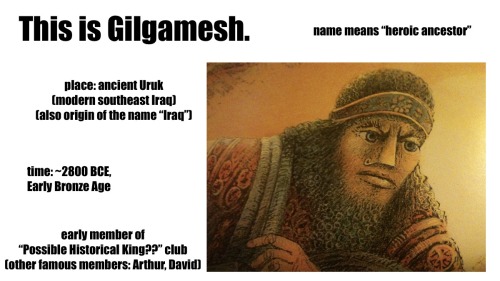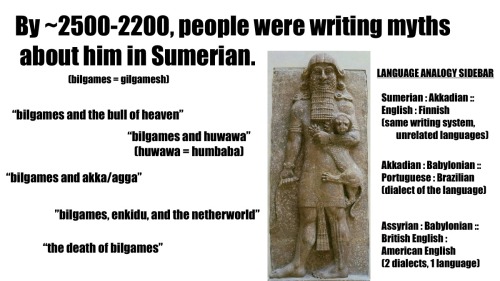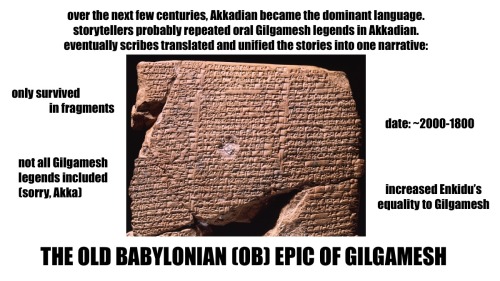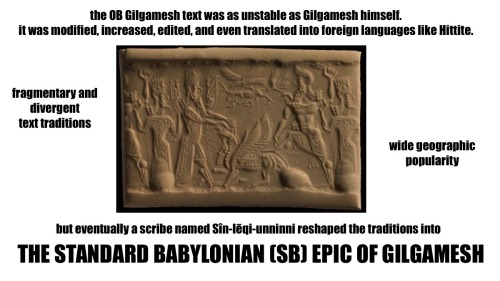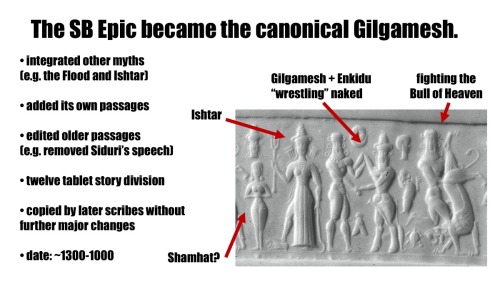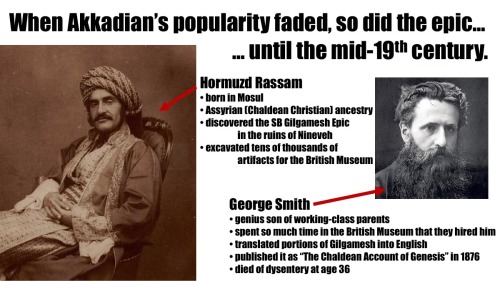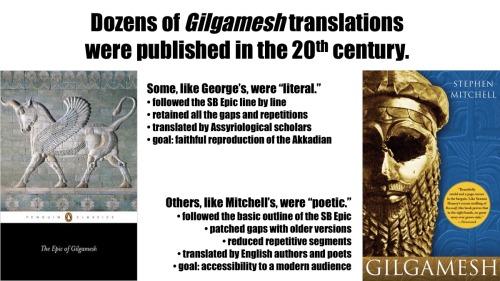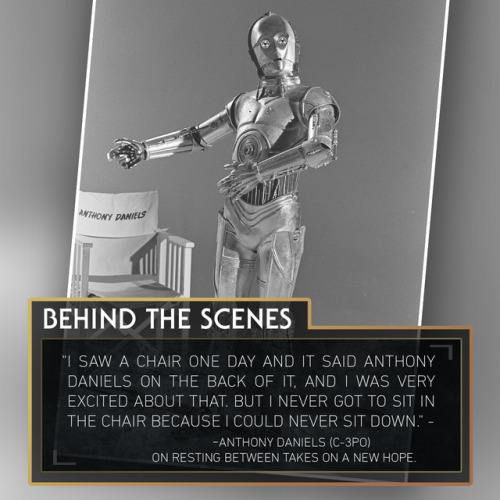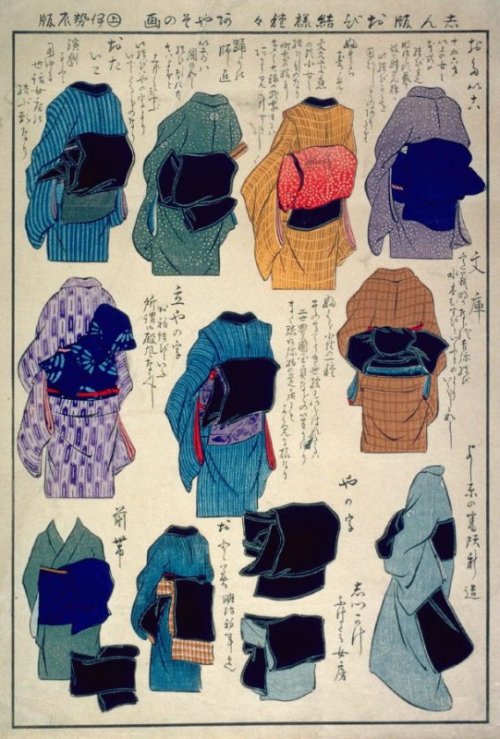Pride And Prejudice By Jane Austen Illustrated By Charles E Brock With An Introduction By Austin Dobson










Pride and Prejudice by Jane Austen Illustrated by Charles E Brock with an introduction by Austin Dobson London Macmillan and Co Limited 1895 / 1901 452 pages + ads, all page edges gilt, measures 187mm x 130mm
An attractive copy of a classic illustrated edition in the publishers salmon coloured cloth with swirling art nouveau design covers
More Posts from Philosophical-amoeba and Others




Everyday Phenomena: The Maillard Reaction
At first glance, steak, French fries, bread, milk caramel, and soy sauce don’t have very many similarities. However, the preparation of these foods all have one thing in common: browning that occurs via the Maillard (my-YAR) reaction.
The Maillard reaction was first discovered in 1912 by Louis-Camille Maillard, and refers to a long chain of reactions that ultimately leads to browning of food. This chain typically begins with the condensation of an amine (often the amino acid lysine) with a reducing sugar (containing an aldehyde); one example of this Amadori rearrangement is shown above with lysine and glucose.
This Amadori product can react in a variety of different ways, including dehydration and deamination to produce a diverse array of molecules that give browned food a distinctive flavor; a few of these compounds are shown above. At the end of the sequence of reactions that occur during browning is a class of polymeric compounds known as melanoidins, which lend a brown color to the food.
Below about 140°C (280°F), the Maillard reaction does not proceed at an appreciable rate, although alkaline conditions (such as the lye used to make pretzels) can accelerate the process. Without this reaction, many foods we enjoy now wouldn’t be nearly as tasty!
Further Reading: Hodge, J. E., J. Agric. Food Chem. 1953, 1 (15), 928-943 (Full text)


On this day, 13th February 1743, Sir Joseph Banks was born.
Sir Joseph Banks was a British botanist and naturalist who sailed with Captain James Cook on the Endeavour voyage of 1770.
Joseph Banks was born on 13 February 1743 in London. His passion for botany began at school. From 1760 to 1763 he studied at Oxford University, during which time he inherited a considerable fortune. In 1766, Banks travelled to Newfoundland and Labrador, collecting plant and other specimens. The same year he was elected a fellow of the Royal Society.
In 1768, he joined the Society’s expedition, led by Captain James Cook, to explore the uncharted lands of the South Pacific. The expedition circumnavigated the globe and visited South America, Tahiti, New Zealand, Australia and Java. Banks collected an enormous number of specimens on the way and, on his return, his scientific account of the voyage and its discoveries sparked considerable interest across Europe.
The journal kept by the then 25-year-old Joseph Banks on board HMS Endeavour is one of the State Library’s most significant manuscripts. It records the first Pacific voyage of Captain James Cook from 1768 to 1771. Following the Endeavour’s return to England in 1771, Banks was hailed as a hero.
The State Library’s Sir Joseph Banks collection includes correspondence, reports, invoices, accounts, maps and watercolour drawings which document the far reaching influence of Banks on the colony. This significant archive containing over 7,000 pages has recently been digitised and now needs to be transcribed. Once fully transcribed the archive will be keyword searchable which will enhance discovery and access to the collection and increase the research potential in this significant archive.
Find out more about how to transcribe the Banks Papers







Harmonograph, H. Irwine Whitty, 1893
“The facts that musical notes are due to regular air-pulses, and that the pitch of the note depends on the frequency with which these pulses succeed each other, are too well known to require any extended notice. But although these phenomena and their laws have been known for a very long time, Chladni, late in the last century, was the first who discovered that there was a connection between sound and form.”
source here
-
 flamelo liked this · 11 months ago
flamelo liked this · 11 months ago -
 redcandieddust reblogged this · 11 months ago
redcandieddust reblogged this · 11 months ago -
 redcandieddust liked this · 11 months ago
redcandieddust liked this · 11 months ago -
 purple-hel reblogged this · 1 year ago
purple-hel reblogged this · 1 year ago -
 dreamofbecoming reblogged this · 1 year ago
dreamofbecoming reblogged this · 1 year ago -
 chamomilechaos1999 liked this · 1 year ago
chamomilechaos1999 liked this · 1 year ago -
 dyke-supreme reblogged this · 1 year ago
dyke-supreme reblogged this · 1 year ago -
 thechildisgone reblogged this · 1 year ago
thechildisgone reblogged this · 1 year ago -
 purpletopaz liked this · 1 year ago
purpletopaz liked this · 1 year ago -
 hopefulkidshark liked this · 1 year ago
hopefulkidshark liked this · 1 year ago -
 awk-1 liked this · 1 year ago
awk-1 liked this · 1 year ago -
 britgirl1988 liked this · 1 year ago
britgirl1988 liked this · 1 year ago -
 devinegarden liked this · 1 year ago
devinegarden liked this · 1 year ago -
 neincraff liked this · 1 year ago
neincraff liked this · 1 year ago -
 lalornadeljamie reblogged this · 1 year ago
lalornadeljamie reblogged this · 1 year ago -
 lalornadeljamie liked this · 1 year ago
lalornadeljamie liked this · 1 year ago -
 sbdunksblog liked this · 1 year ago
sbdunksblog liked this · 1 year ago -
 vintagecameoheart liked this · 1 year ago
vintagecameoheart liked this · 1 year ago -
 justlikemaryshelley reblogged this · 1 year ago
justlikemaryshelley reblogged this · 1 year ago -
 giaffa liked this · 1 year ago
giaffa liked this · 1 year ago -
 underthewingsofthblackeagle reblogged this · 1 year ago
underthewingsofthblackeagle reblogged this · 1 year ago -
 underthewingsofthblackeagle liked this · 1 year ago
underthewingsofthblackeagle liked this · 1 year ago -
 bookishcatcafe liked this · 1 year ago
bookishcatcafe liked this · 1 year ago -
 feuerschutz reblogged this · 1 year ago
feuerschutz reblogged this · 1 year ago -
 feuerschutz liked this · 1 year ago
feuerschutz liked this · 1 year ago -
 maroonafternoon reblogged this · 1 year ago
maroonafternoon reblogged this · 1 year ago -
 maroonafternoon liked this · 1 year ago
maroonafternoon liked this · 1 year ago -
 cowhidepillowcase liked this · 1 year ago
cowhidepillowcase liked this · 1 year ago -
 edwardian-girl-next-door reblogged this · 1 year ago
edwardian-girl-next-door reblogged this · 1 year ago -
 missrupy reblogged this · 1 year ago
missrupy reblogged this · 1 year ago -
 comfycottagecutie reblogged this · 1 year ago
comfycottagecutie reblogged this · 1 year ago -
 dimensionsintime liked this · 1 year ago
dimensionsintime liked this · 1 year ago -
 i-love-books-because-reasons liked this · 1 year ago
i-love-books-because-reasons liked this · 1 year ago -
 summerfly-blues reblogged this · 1 year ago
summerfly-blues reblogged this · 1 year ago -
 mandycalyagain liked this · 1 year ago
mandycalyagain liked this · 1 year ago -
 mandycalyagain reblogged this · 1 year ago
mandycalyagain reblogged this · 1 year ago -
 beerandcheese-princess reblogged this · 1 year ago
beerandcheese-princess reblogged this · 1 year ago -
 oldsoulfullofroses reblogged this · 1 year ago
oldsoulfullofroses reblogged this · 1 year ago -
 epoxide reblogged this · 1 year ago
epoxide reblogged this · 1 year ago -
 audeo liked this · 1 year ago
audeo liked this · 1 year ago -
 cameo-locket reblogged this · 1 year ago
cameo-locket reblogged this · 1 year ago -
 troubled-guest reblogged this · 1 year ago
troubled-guest reblogged this · 1 year ago -
 blessthe-lord-ohmysoul reblogged this · 1 year ago
blessthe-lord-ohmysoul reblogged this · 1 year ago -
 quitetransfixed liked this · 1 year ago
quitetransfixed liked this · 1 year ago -
 his-grace-abounds reblogged this · 1 year ago
his-grace-abounds reblogged this · 1 year ago -
 alittledashofnutmeg reblogged this · 1 year ago
alittledashofnutmeg reblogged this · 1 year ago -
 sunflowerjune liked this · 1 year ago
sunflowerjune liked this · 1 year ago -
 dimsilver liked this · 1 year ago
dimsilver liked this · 1 year ago -
 ihrarchiv liked this · 1 year ago
ihrarchiv liked this · 1 year ago
A reblog of nerdy and quirky stuff that pique my interest.
291 posts


